How to Safely Install Solar Panels on Metal and Asbestos Rooftops
Factories in Delhi and NCR regions have a variety of roofs ranging from flat concrete roofs, metal sheds which are mostly inclined and even the asbestos sheets laid over the top.
The Solar Plant can be installed on any roof that has sufficient strength.
On flat concrete roofs, it is quite easy to lay the solar panels. The civil foundations need to be laid in a way that the water should not seep into the roof. Over the foundations, the structure made up of hot dipped galvanized steel needs to be built of sufficient strength. The structure should preferably give a tilt of 20 degree around in Delhi and NCR to get the best solar irradiation. The panels should face to the South side to the extent possible.
The Metal sheds can be facing east-west or north-south. If the metal structure has sufficient strength, the solar panels can be easily laid. The solar panel structure should be such that it is light and strong enough to hold panels. In typical sheds, the purlins and associated structures are designed to take weights of more than 100 kg per square meter. Solar plant will weight around 20-25 kgs per square meter, hence the weight of plant is never a problem unless the purlins are not strong enough.
However, the factory owners should be careful while allowing the puncture in the roof. Water leakages would tend to happen from the punctured holes in the roof. Over time, the screws put on these punctured roofs will have movement due to the pressure from strong winds and the puncture size will increase. So, while installing panels or building pathways or side rails, these punctures need to be reduced to the maximum.
Similarly, panels can be installed on asbestos sheets. The old sheets need to be replaced in such installations. Typical asbestos sheet has a life of 10 years. Again, it is not the sheet but the purlin structure that has to take the weight of the solar panels and structures. Asbestos sheets should have enough strength that the man power for plant installation can freely walk and do their work.
Suggested Articles
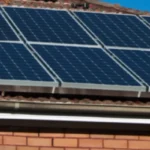
EIB commits €1 billion to support green hydrogen in India
The European Investment Bank (EIB), the bank of the European Union, has joined forces with the India Hydrogen Alliance (IH2A) to increase support for the development of green hydrogen projects across India.
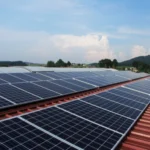
पीएम सूर्य घर योजना 2025 – मुफ्त बिजली पाने के लिए ऐसे करें आवेदन
पीएम सूर्य घर योजना ऑनलाइन आवेदन 2025: मुफ्त बिजली पाने की आसान स्टेप-बाय-स्टेप प्रक्रिया यहाँ पढ़ें।

Complete Guide to Solar Panel Subsidy Scheme in Haryana
Solar power is not only less expensive, but it is also the most abundant source of clean energy.
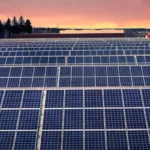
Delhi Government Pledges to Boost Renewable Energy Generation
Delhi, the capital city of India, is moving towards a greener future with an ambitious plan to generate an additional 6,000 MW of electricity using renewable energy sources.
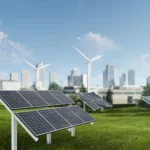
Law Change Makes It Hard to Receive Compensation for Solar Developers
A recent law change creates hurdles for solar developers seeking compensation, impacting project viability.
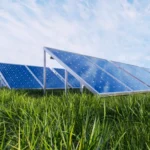
Global Solar Report Reveals Rising Revenue Losses from Solar Equipment Underperformance
According to the Raptor Maps’ Global Solar Report, the amount of power loss due to equipment anomalies has nearly doubled from 1.61% in 2019 to 3.13% in 2022. This trend is expected to continue, with anomaly-driven power loss potentially growing to almost 6% by 2025.
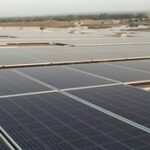
Indian solar market flooded with various Inverters – User discretion required
With Indian government’s target of 100 GW by Solar power,…
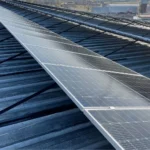
Understanding Solar Cells and Modules: A Complete Guide
Understand solar cells and modules, their functioning, and advantages for residential and commercial solar installations.
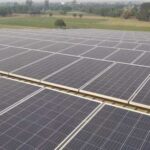
Group Net Metering for Solar Projects: A Smart Way to Maximize Solar Energy Generation
Discover how group net metering allows multiple participants to share solar energy from a single project, reduce electricity bills, and enhance solar efficiency.
Researchers Propose New Way to Make Nuclear Power Plants Safer
Researchers propose innovative methods to enhance the safety of nuclear power plants, aiming to reduce risks and improve operational security.